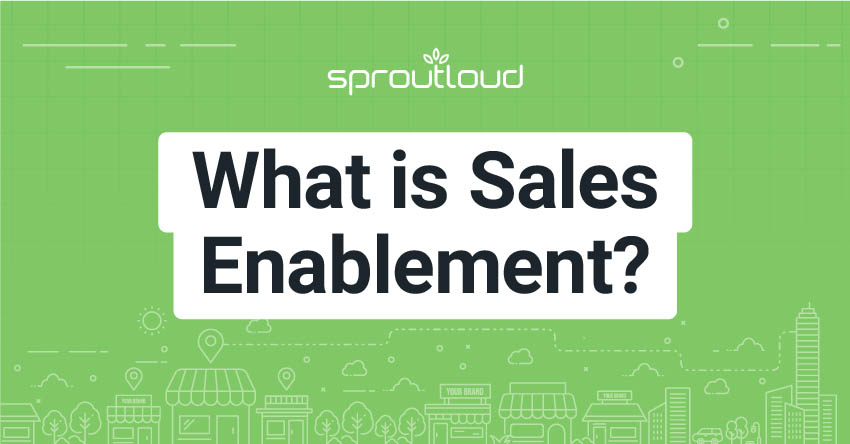
What is Sales Enablement?
The concept of sales enablement has emerged as a critical strategy for major brands, and it is particularly relevant to enterprise companies that utilize distributed marketing strategies through networks of channel partners, dealers, distributors, retailers, agents, multi-location stores, and resellers. Let’s take a closer look at sales enablement, why it matters, and how to effectively implement marketing strategies aligned with sales and designed to achieve results.
Understanding Sales Enablement
At its core, sales enablement is the strategic process of equipping sales teams with the necessary tools, information, and content to sell more effectively. The goal is to provide salespeople with what they need to engage the customer throughout the buying process.
Components of Sales Enablement:
- Training and Development: Sales teams require ongoing training to stay updated on product changes, market dynamics, and sales techniques.
- Content Management: Providing sales teams with the right content (like brochures, presentations, and case studies) that can be easily tailored to meet the needs of potential customers.
- Tools and Technology: Leveraging tools such as CRM systems, sales engagement platforms, and analytics tools to streamline and enhance the sales process.
Why Sales Enablement Matters
- Aligning Sales and Marketing: Sales enablement bridges the gap between sales and marketing, ensuring that marketing materials are used effectively in the sales process.
- Enhanced Sales Productivity: By giving sales teams easy access to relevant information and tools, companies can significantly improve their sales productivity.
- Improved Customer Engagement: Well-equipped sales teams can provide more relevant, personalized interactions, enhancing the customer experience and increasing the likelihood of successful sales.
Implementing Sales Enablement in Distributed Marketing Strategies
For brands that utilize distributed marketing strategies, sales enablement poses unique challenges and opportunities.
- Tailored Training Programs: Implement training programs that address the specific needs of various channel partners and resellers.
- Centralized Content Strategy: Develop a centralized repository of sales and marketing materials, ensuring consistency and ease of access across all channels.
- Leveraging Technology: Utilize a leading distributed marketing platform to distribute content, gather feedback, and track the performance of sales materials across different channels.
Measuring Success in Sales Enablement
There are key performance indicators (KPIs) that are important to measuring the success of sales enablement, including:
- Sales Cycle Length
- Win Rates
- Revenue Growth
- Customer Engagement Metrics
Sales enablement is more than just a buzzword. It’s a vital component of a successful sales strategy, especially for enterprise companies with complex distribution networks. By investing in sales enablement, companies can ensure their sales teams are prepared, aligned with marketing, and equipped to drive growth and success.
Best Practices for Effective Sales Enablement
To maximize the impact of sales enablement, consider these best practices:
- Regular Training and Development: Continuously train sales teams on new products, market trends, and sales techniques.
- Effective Content Management: Ensure that all sales materials are up-to-date, relevant, and easily accessible.
- Collaboration Between Sales and Marketing: Foster a collaborative environment where sales and marketing teams work together towards shared objectives.
- Data-Driven Decision Making: Use sales and marketing analytics to guide sales enablement strategies and measure their effectiveness.
